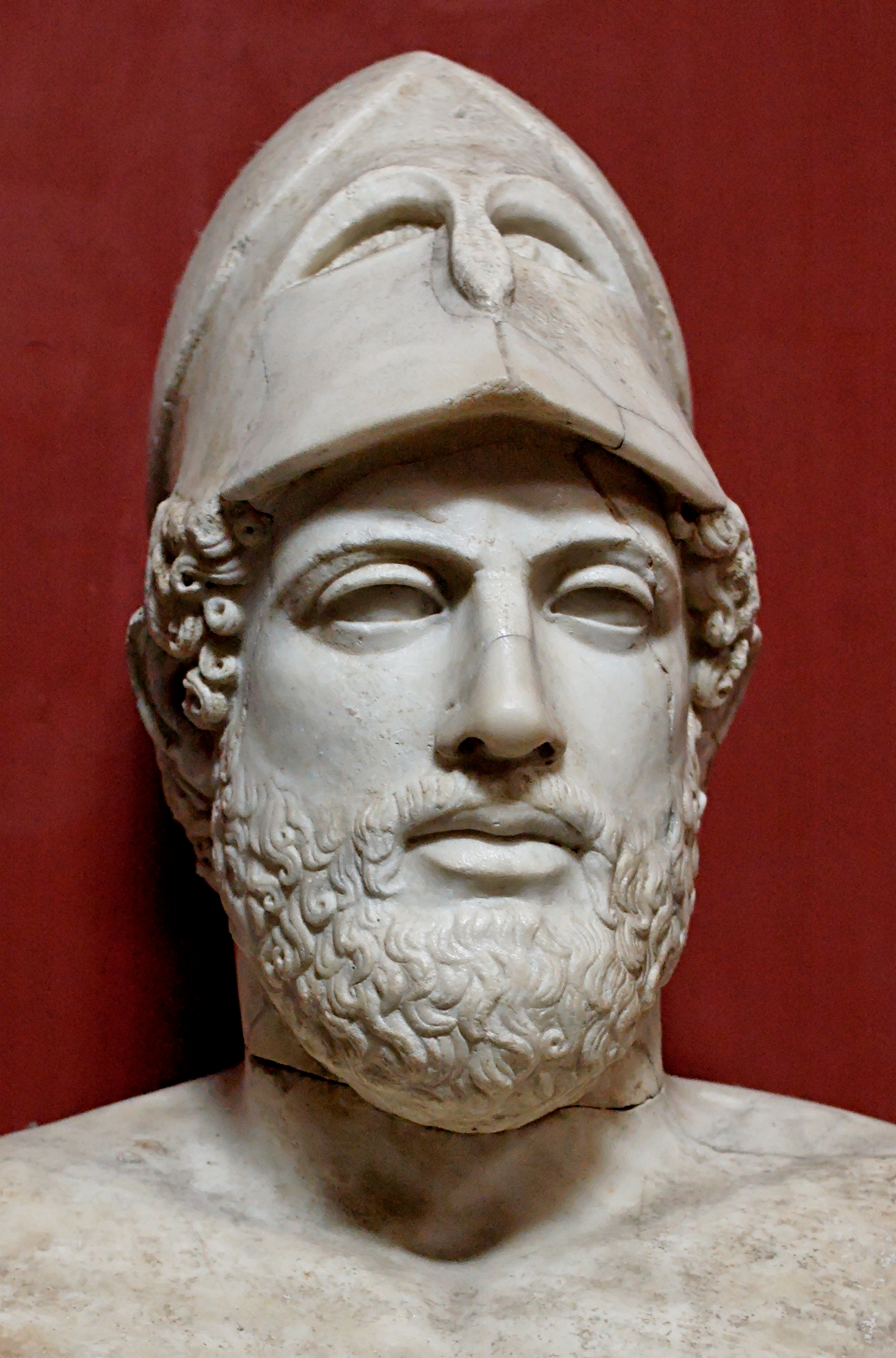One example is in the pillars they used to support their buildings. Many college campuses and government buildings have these kinds of columns at their entrances, just as the Greeks had done. A perfect example would be our capitol or the White House. Both structures have jagged pillars holding up themselves.
Another example is the use of marble. Before that time, the main building material was a stone found in the mountains or one made of a mud – clay type mixture. The Greeks really introduced marble in to the building world. Most of todays prominent structures are made of marble.
The last example is the friezes carved into the temples in Greece. These friezes are found all over Greece, Egypt, and parts of Europe. Many can be found in college campuses all over the country, along with government buildings and museums and other places such as those.
As you can see, Greek architecture has made quite an impact on the way buildings and structures such as have been designed today. From college campuses to government buildings to ancient temples, the Greeks took part in it all, one way or another.





